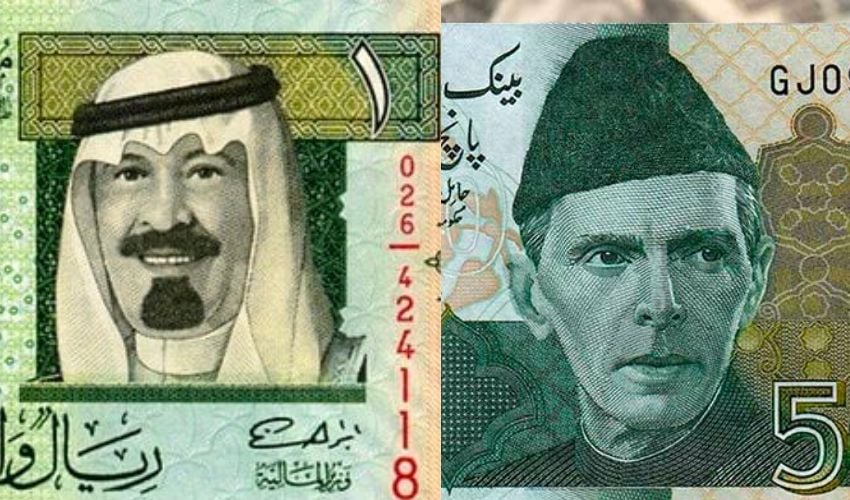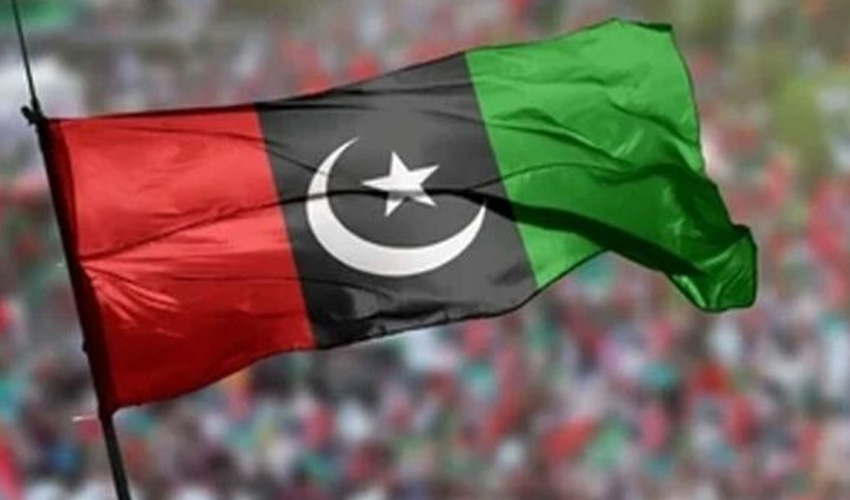The Saudi Riyal (SAR) continued its downward trajectory against the Pakistani Rupee (PKR) in the open market, trading at Rs74.30 on Wednesday, April 9, 2025.
The selling rate also dropped to Rs74.70, marking a consistent decline for the second consecutive day.
SAR to PKR rate today - 09, April
1 SAR = Rs74.30 (April 9, 2025)
The Riyal, abbreviated as SAR or SR, is the official currency of the Kingdom of Saudi Arabia. One Riyal consists of 100 halalas.
Why dip in Riyal?
Exchange rates are often affected by factors such as:
- Political and economic developments
- Market speculation
- Central bank reserves and interventions
- Global commodity prices
Pakistan’s exchange rate dynamics, in particular, are closely tied to its foreign exchange reserves and macroeconomic outlook.
Pakistan and Saudi Arabia maintain a robust relationship built on shared religious, cultural, and economic ties. The two countries are key partners in promoting regional peace and Islamic cooperation.
Recently, both sides reaffirmed their commitment to elevate their bilateral ties and strengthen collaboration in defence and security. This came during a high-level meeting in Jeddah between:
- Prime Minister Muhammad Shehbaz Sharif
- Saudi Crown Prince and Prime Minister Mohammed bin Salman
The Pakistani delegation also included:
- Senator Ishaq Dar, Deputy Prime Minister & Foreign Minister
- General Syed Asim Munir, Chief of the Army Staff
- Maryam Nawaz, Chief Minister of Punjab
Overseas Pakistanis in Saudi Arabia continued to play a vital role in the country’s economy. In February 2025, they remitted $744.4 million, marking:
- 2.21% growth compared to January 2025
- 37.88% increase from February 2024
Such strong inflows provide essential support to Pakistan’s current account and currency reserves.
As of March 28, 2025, Pakistan’s total liquid foreign reserves stood at $15.58 billion, with the State Bank of Pakistan (SBP) holding $10.68 billion. These reserves are a crucial indicator of the country’s financial stability and its ability to manage external debt and imports.


























